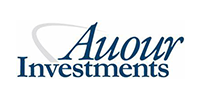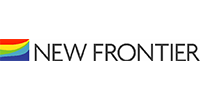Our leading panel discussion show, where experts deliver research grade insights, market views and thought leadership.
To start logging and tracking your CE, sign up for a free Asset TV account today!
MASTERCLASS: Model Portfolios - September 2023
|
Among the predominant forces impacting the product distribution universe is the increased adoption of model portfolios. In today's Masterclass, three firms that are pioneers in the model space will help us to understand why advisors are using models, how to optimize outcomes for clients, and best practices for the evaluation of model managers.
- Peter Hill, Managing Director, Head of Model Portfolio Solutions at State Street Global Advisors
- Joseph Hosler, Managing Principal at Auour Investments
- Robert Michaud, Chief Investment Officer at New Frontier
















